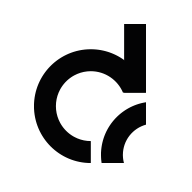When Stretchly launched in 2016, it brought something revolutionary to the break reminder space: complete cross-platform compatibility and a focus on stretching exercises. For years, it's been the go-to choice for users wanting consistent break reminders across Windows, macOS, and Linux systems.
But as our work patterns have evolved—especially with the rise of hybrid work, video-heavy collaboration, and always-on culture—the question becomes: do we need our break apps to be smarter, not just more universal?
The Intelligence Divide
The key difference? DeskRest automatically understands your work context. Deep in a Zoom presentation? It waits. Following a critical tutorial video? No interruption. Stretchly operates on scheduled intervals that you manually pause when needed.
This contextual awareness prevents the frustrating choice between wellness and productivity.
Platform vs Integration
Stretchly's cross-platform compatibility serves teams with mixed systems. DeskRest's macOS-exclusive approach enables deeper integration—native Focus mode support, automatic video detection, seamless system experience.
Making Your Decision
Choose Stretchly if you:
• Work across multiple operating systems
• Want a free, open-source solution
Choose DeskRest if you:
• Work primarily on macOS
• Need intelligent interruption prevention
• Want comprehensive wellness beyond basic stretching
• Struggle with work-life boundaries in remote work
The best break app seamlessly integrates into your routine while genuinely improving your wellness. Whether that's Stretchly's universal reliability or DeskRest's intelligent adaptation depends on your actual work patterns.
